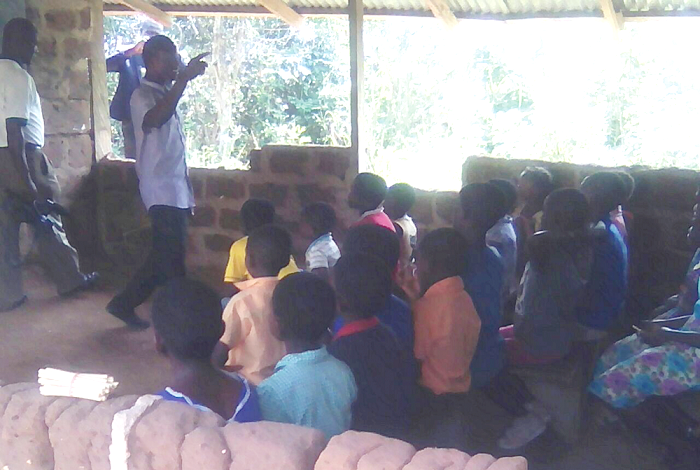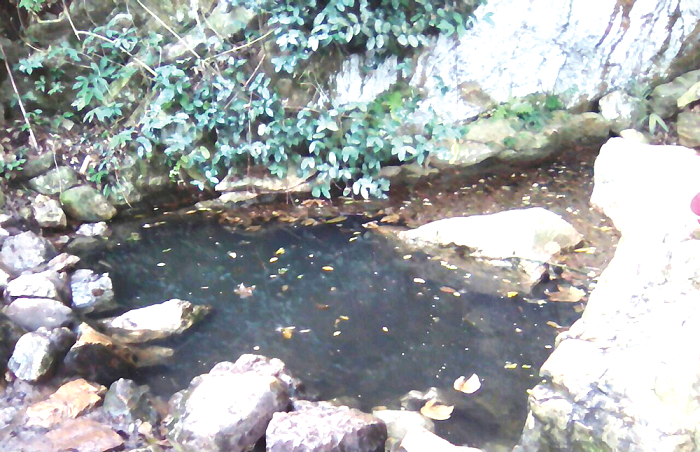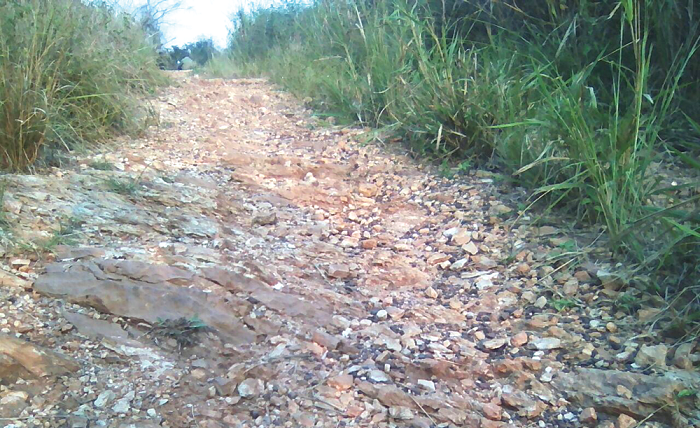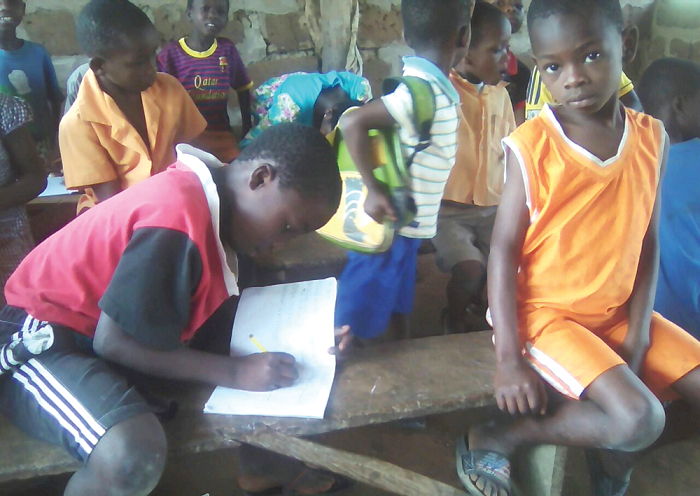
Asinesi, Awuzamlem, Monu, Nyewe, communities in need
Asinesi and its neighbouring communities of Awuzamlem, Monu and Nyewe are just about 10 kilometres from Somanya, the capital of the Yilo Krobo Municipality of the Eastern Region, yet deprived of virtually all of life’s basic comfort.
Advertisement
The neglect is evident in lack of potable water, inaccessible road network, absence of education and health infrastructure among a host of many other challenges that are threatening to make the future of residents of those areas bleak.
The people in these communities are predominantly farmers who supply about a quarter of food crops to the Somanya and Aprede markets.
The four communites cut off from their capital, Somanya.
A journey to the communities is only possible by motorbike, which happens to be the only means of transportation in that part of the Yilo Krobo Municipality.

Children from the four communities at different educational levels during classes hours
Commuting in and out of Asinesi can be quite an adventure as the 9.6-kilometre road linking Somanya to Asinesi is rocky, winding, weedy and dangerous to ply both day and night.
Water supply
Many visitors to the village will decline water no matter how thirsty they may feel just because colour — brownish.
I looked forward to quenching my thirst, having travelled the tortuous road from Somanya to Asinesi on a sunny day, yet I could not even bring the cup close to my lips when the water was offered.
Perhaps, the Dadematse of Awuzamlem, Narh Evans, sensed my unwillingness to drink the water and, thus, decided to take me on a tour of the water bodies in the community.

Source of water for residents of Awuzamlem, Nyewe, Monu and Asinesi
“We share our source of water with animals. During the dry season, we walk to Asinesi, about six kilometres away, to fetch water. We have no idea how to drill boreholes and we do not have the equipment for drilling wells,” he said.
Indeed, the only source of potable water at Awuzamlem is a pond whose source is from a rock. The rest of the three villages— Asinesi, Monu, Nyewe —fetch water from streams but these dry up quickly during the hot season.
Education
Three sheds house about 35 pupils of the Awuzamlem Local Authority of school. Mr Yevu Sena Bright the only teacher in the school is compelled to merge three classes: Nursery One and Two with Classes One and Two during English Language lessons in an attempt to bridge the knowledge gap for those streams.
“There are inadequate resources for teaching and learning and thus I have resorted to using my own textbooks and a science textbook which was given to me by the Ghana Education Service (GES) for teaching,” he said.

The road leading to the four communities
According to Mr Bright, no circuit supervisor had inspected his work since he was posted to the school in September last year. The difficulties associated with the teachers' work are not only about the journey he makes on foot every day, but the lack of teaching and learning materials such as text books, teacher’s handbook and even chalk as promised by the GES.
“I manage everything during examinations. I manage Nursery One and Two, and Classes One and Two. I am proud that some of the children are gradually picking up with lessons taught and it is evident that my work is yielding results. It takes about two to three hours to reach the GES office in Somanya to report these challenges I am facing here as a teacher,” he stated.
For the children to attain higher education, parents prefer to leave them with relatives in Somanya so that they come back home on weekends.
Health
A canopy stretcher rested on the shoulders of some men carrying a pregnant woman from the community to the nearest clinic as she was due to be delivered of her baby.
The men have to be innovative to save the pregnant women who are unable to walk to the clinic when they are due.
The men cut bamboo sticks, tie them with pieces of cloth and place the women on a bed sheet tied to the bamboo. The canopy stretcher is a means of holding the women and the sick across the 9.6km rocky, winding route to the hospital at Somanya

Children from the four communities in the classroom
The situation is such that if any of the inhabitants from these four villages is unwell or due for delivery, the only life saving transportation means is for the men to carry him or her on the bamboo stretcher to the roadside in Somanya. Arguably, this will impact negatively on the sick and the pregnant women, but it seems that their choice is grossly limited.
A pregnant woman, Madam Esther Korkor, who lives at Nyewe said: “The government does not care for us. Whenever we are sick or due for delivery, we are carried on the bamboo stretcher to the hospital.”
Pregnant women reluctant to visit the Somanya Hospital resort to visiting traditional birth attendants (TBAs) who readily offer their help. However, some of the women are of the opinion that their practices are not very hygienic.
The Odikro also stated that, “Health officials visit the community every month for health screening, during which they give medicine for the treatment of onchocerciasis.
They also distribute treated mosquito nets. “What we lack but really need is our own clinic or at least a CHPS compound,” he added.



